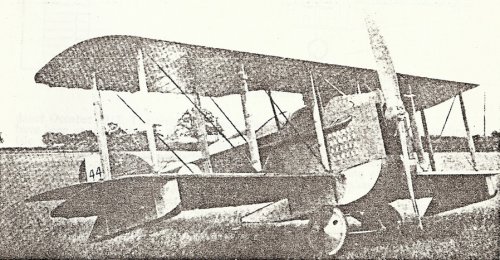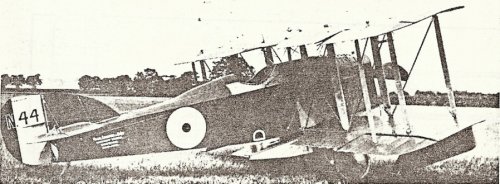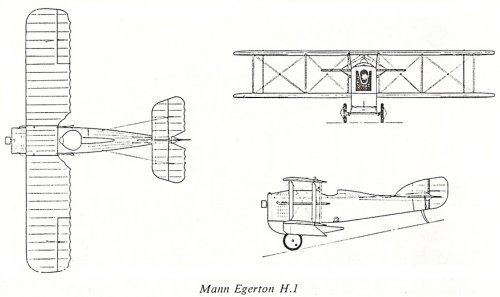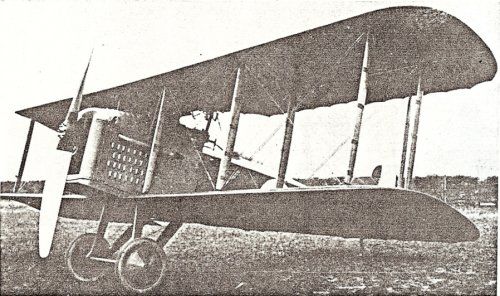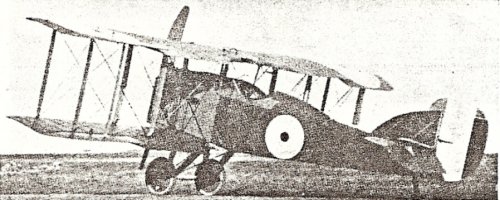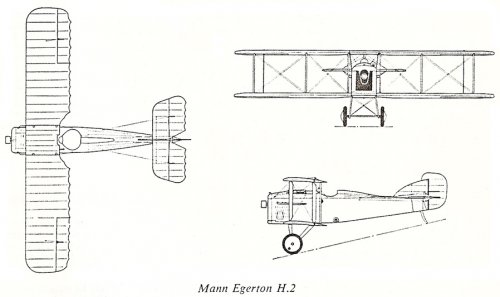Maveric
Fight for yor Right!
- Joined
- 14 January 2007
- Messages
- 2,148
- Reaction score
- 668
Hi all,
Type A Short Type 184 licence 1915
Type B Short Type 184 modified 1916
Type C Short Bomber licence 1916
Type D Sopwith Strutter licence fighter A.D.9400 1917
Type E Sopwith Strutter licence bomber A.D.9700 1917
Type F a project of their own design (no more info)
Type G S.P.A.D. VII licence 1917
Type H fighter (own design) 1917
Type I not assigned
Type J A.I.R.C.O. D.H.9 licence 1917
Type K a project of their own design (no more info)
Type L a project of their own design (no more info)
Type M A.I.R.C.O. D.H.9A licence 1918
Type N A.I.R.C.O. D.H.10 licence 1918
If you have more info´s and/or drawings of the Type´s F / K / L please let me know...
Servus Maveric
Type A Short Type 184 licence 1915
Type B Short Type 184 modified 1916
Type C Short Bomber licence 1916
Type D Sopwith Strutter licence fighter A.D.9400 1917
Type E Sopwith Strutter licence bomber A.D.9700 1917
Type F a project of their own design (no more info)
Type G S.P.A.D. VII licence 1917
Type H fighter (own design) 1917
Type I not assigned
Type J A.I.R.C.O. D.H.9 licence 1917
Type K a project of their own design (no more info)
Type L a project of their own design (no more info)
Type M A.I.R.C.O. D.H.9A licence 1918
Type N A.I.R.C.O. D.H.10 licence 1918
If you have more info´s and/or drawings of the Type´s F / K / L please let me know...
Servus Maveric

